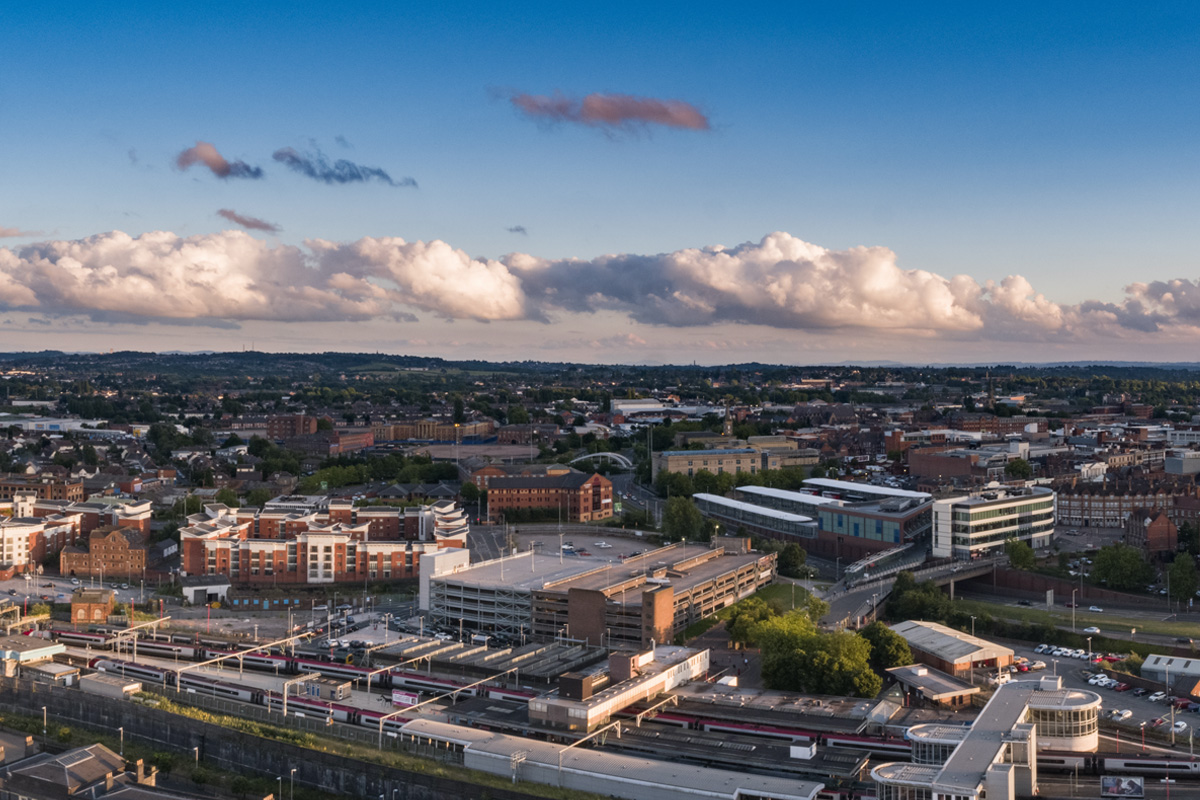- UK /
- Wolverhampton
Discover The Latest Property Statistics and Sold House Prices In Wolverhampton, West Midlands (County Of).
Gain a competitive edge in the Wolverhampton, West Midlands (County Of) housing market using our extensive data on house prices with local insights and trends.
See more data for postcode districts in Wolverhampton:
Check other postcode districts data in West Midlands (County Of):

WOLVERHAMPTON
Property market data for Wolverhampton in West Midlands (County Of). Compare data on the district postcode areas of Wolverhampton including sold house price growth, long let gross rental yield, buyer demand, average asking price, average price per square foot and average rental prices. Explore Wolverhampton with a range of tools to help you understand the local market.
In the centre of Wolverhampton, WV1 long-let gross yield is 5.7%, the average rental price is £176 the average asking price is £162,524 and the average price per square foot is £170. There are currently N/A completed property sales per month, with a turnover of 19.0%. Toggle between postcode districts to see how different areas compare.
BUY-TO-LET PROPERTY INVESTMENT IN WOLVERHAMPTON
Understanding the Housing Market in Wolverhampton: Key Facts and Figures
While Wolverhampton grew as an industrial city due to the wool trade, wool is not where it gets its name. It was founded, as a town, by Lady Wulfruna, an Anglo-Saxon landowner and noblewoman of Mercia, who was gifted 10 hides of land at Heantune in 985AD by her brother King Ethelred II. This scored out Wilfrana's Heantune (Heantune, meaning an area of land), which became known as Wolverhampton. The city grew into a centre for coal mining, steel production and manufacturing and today, has an economy based mainly on engineering, aerospace and services. Part of the Birmingham and Black Country conurbation, the city of Wolverhampton acts as a gateway between the Black Country and the countryside of Shropshire and Staffordshire, with easy access to London, Birmingham and Manchester. This connectivity to the West Midlands and beyond is very much a feature of the city and it's only getting better. When it is completed, HS2 will make travel to London possible in 50 minutes and there is currently £150m of public and private funding being invested into an integrated city centre transport hub, connecting trams, buses and trains. Wolverhampton is among the UK's top ten fastest-growing economies and is changing quickly, with £4.4 billion worth of investment going into regeneration projects across the city. It has a population of around 260,000 people, with around 323,000, living within an easily commutable distance, and it enjoys access to a remarkable pool of skilled labour, which the city is committed to developing further. The Wolverhampton Education Business Partnership brings businesses and educational facilities together to provide continuous investment in training and skills. But it's not all about jobs and transport. In 2022, Little Ones London found Wolverhampton to be the best area in England to raise a child, factoring in such things as childcare costs and average salaries and rents. House prices in the city area are sensible and properties are available to suit every taste, need and budget, from city centre apartments to family dwellings. And there is more to come. With over 10,000 new homes currently being built or planned for, the residential capacity of the city is ever-expanding.